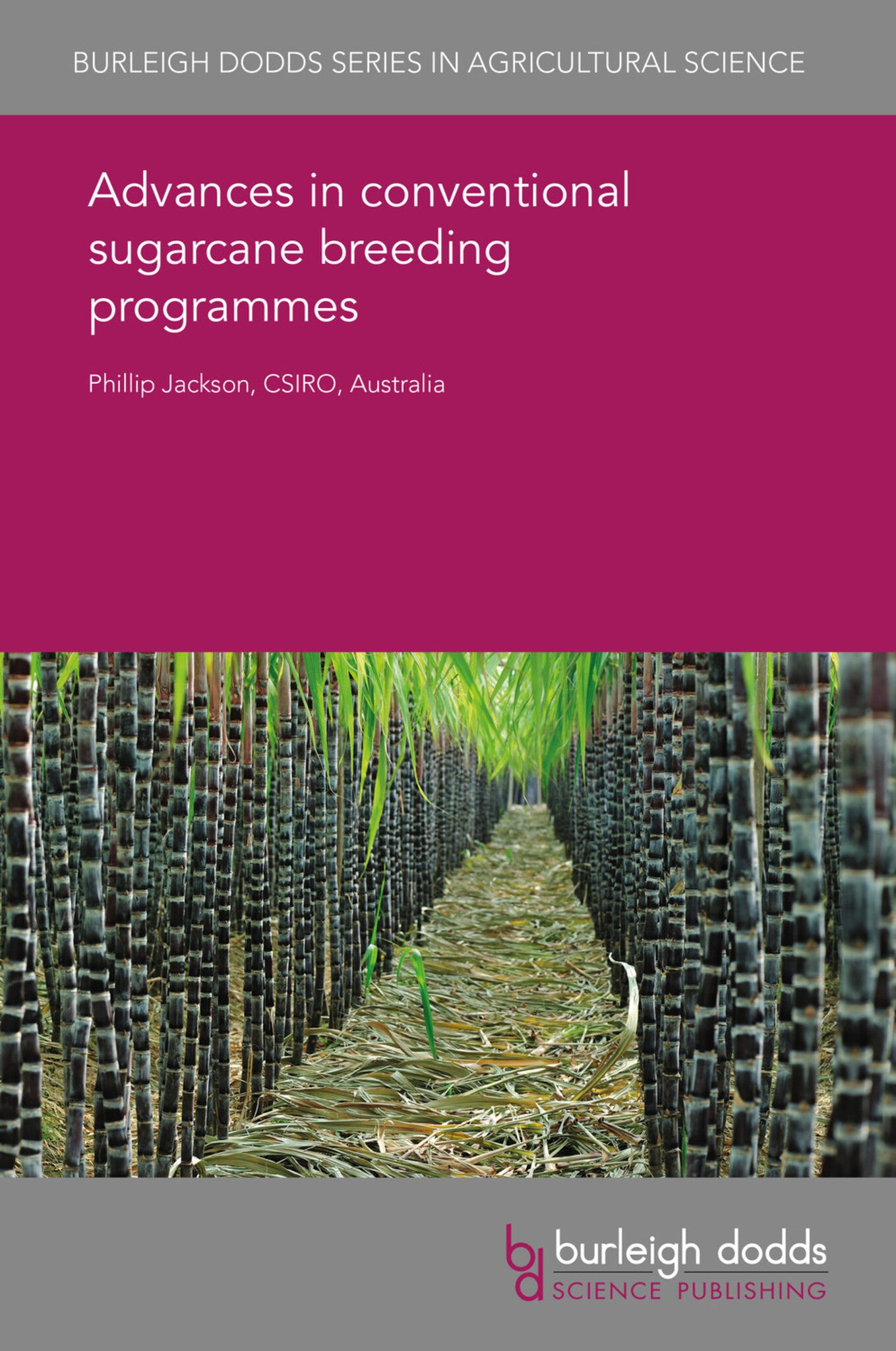We're sorry. An error has occurred
Please cancel or retry.
Advances in conventional sugarcane breeding programmes
Regular price
£25.00
Sale price
£25.00
Regular price
£25.00
Unit price
/
per
Sale
Sold out
Re-stocking soon
All sugarcane cultivars currently grown throughout the world arise from breeding programmes which have used a reasonably similar approach sustained over many decades. This comprises a continuous pi...
Read More

Some error occured while loading the Quick View. Please close the Quick View and try reloading the page.
Couldn't load pickup availability
- Format:
-
05 March 2018

All sugarcane cultivars currently grown throughout the world arise from breeding programmes which have used a reasonably similar approach sustained over many decades. This comprises a continuous pipeline of operations of regular (usually annual) crossing among selected parent clones to produce large populations of seedling clones, followed by selection of these clones in successive stages of field trials for usually 9–12 years for important traits. This chapter outlines the history and structure of sugarcane breeding programmes as context for considering efforts to advance rates of progress. It reviews studies conducted in the last 30 years to improve many specific aspects of operations in sugarcane breeding programmes. Finally, it describes emerging concerns about whether current rates of genetic gain in sugarcane are optimal, and suggests some avenues for faster gains.

Price: £25.00
Publisher: Burleigh Dodds Science Publishing
Imprint: Burleigh Dodds Science Publishing
Series: Burleigh Dodds Series in Agricultural Science
Publication Date:
05 March 2018
ISBN: 9781838795825
Format: eBook
BISACs:
TECHNOLOGY & ENGINEERING / Agriculture / Agronomy / General, Agronomy and crop production, TECHNOLOGY & ENGINEERING / Agriculture / Sustainable Agriculture, Botany and plant sciences, Sustainable agriculture

1 Introduction 2 Historical context 3 Advances in breeding and selection systems 4 Current concerns 5 Future trends and conclusion 6 References



